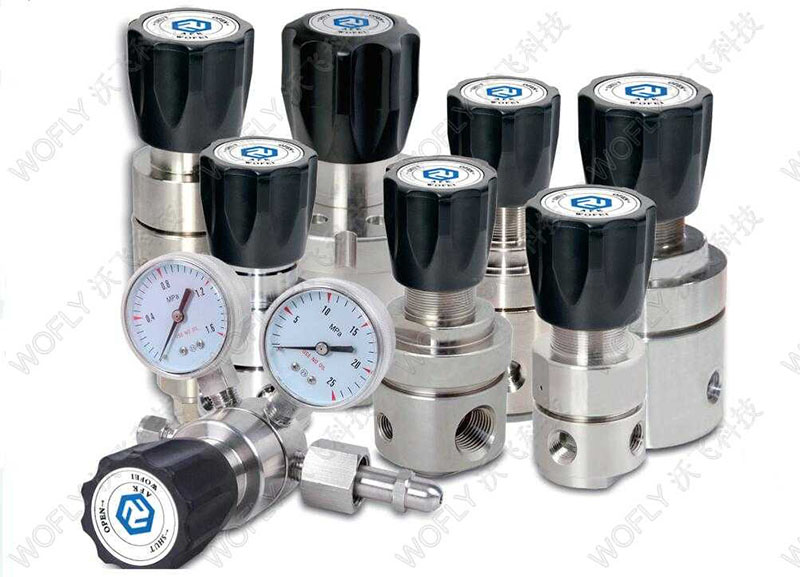
1. Noise generated by mechanical vibration: The parts of the gas pressure reducing valve will generate mechanical vibration when the fluid flows. Mechanical vibration can be divided into two forms:
1) Low frequency vibration. This kind of vibration is caused by the jet and pulsation of the medium. The reason is that the flow velocity at the outlet of the valve is too fast, the pipeline arrangement is unreasonable, and the rigidity of the movable parts of the valve is insufficient.
2) High frequency vibration. This kind of vibration will cause resonance when the natural frequency of the valve is consistent with the excitation frequency caused by the flow of the medium. It is produced by the compressed air pressure reducing valve within a certain pressure reduction range, and once the conditions change slightly, the noise will change. Big. This kind of mechanical vibration noise has nothing to do with the flow speed of the medium, and is mostly caused by the unreasonable design of the pressure reducing valve itself.
2. Caused by aerodynamic noise: When a compressible fluid such as steam passes through the pressure reducing part in the pressure reducing valve, the noise generated by the mechanical energy of the fluid is converted into sound energy is called aerodynamic noise. This noise is the most troublesome noise that accounts for the majority of the noise of the pressure reducing valve. There are two reasons for this noise. One is caused by fluid turbulence, and the other is caused by shock waves caused by the fluid reaching a critical velocity. The aerodynamic noise cannot be completely eliminated, because the pressure reducing valve causes fluid turbulence when reducing pressure is inevitable.
3. Fluid dynamics noise: Fluid dynamics noise is generated by turbulence and vortex flow after the fluid passes through the pressure relief port of the pressure reducing valve.
Post time: Mar-04-2021